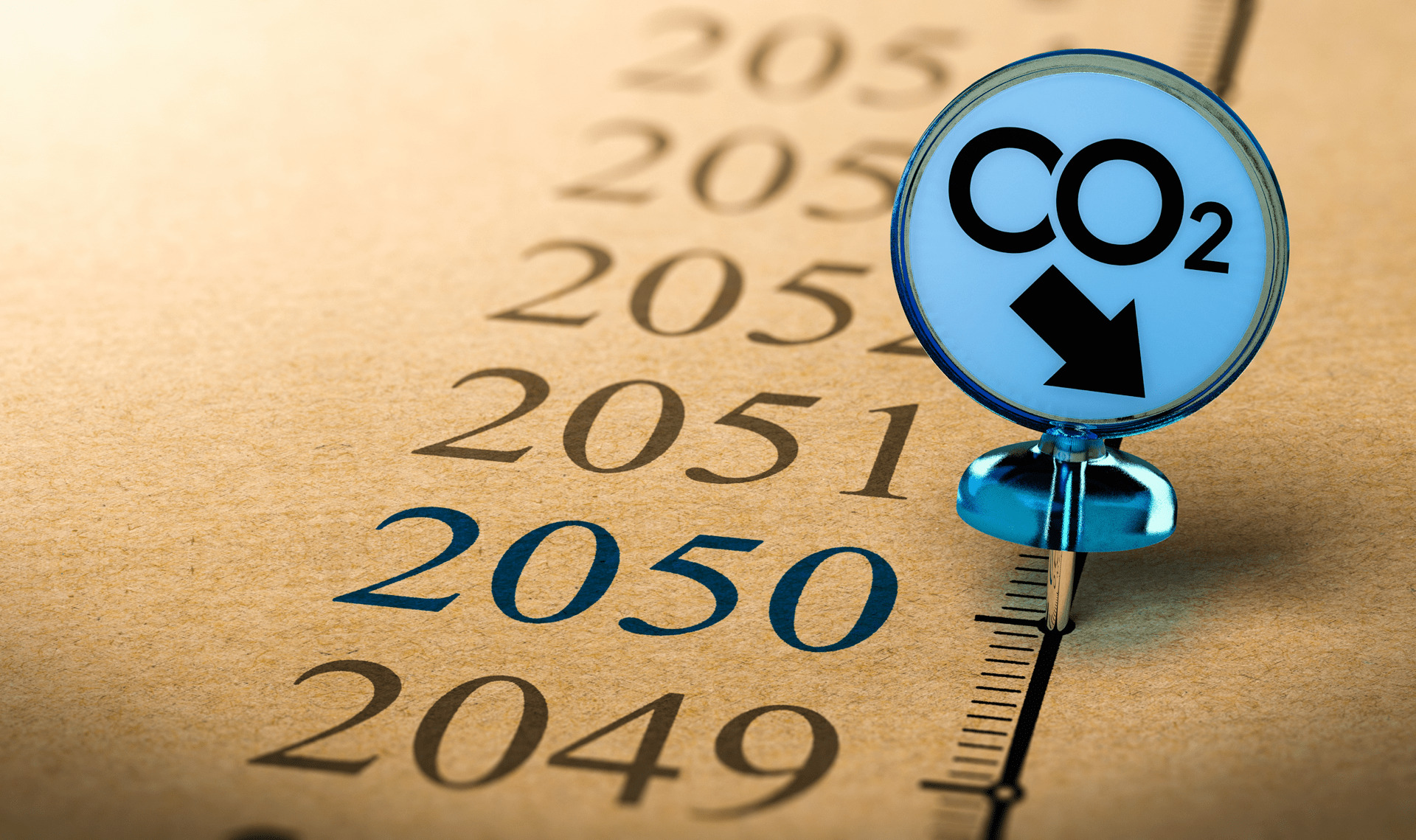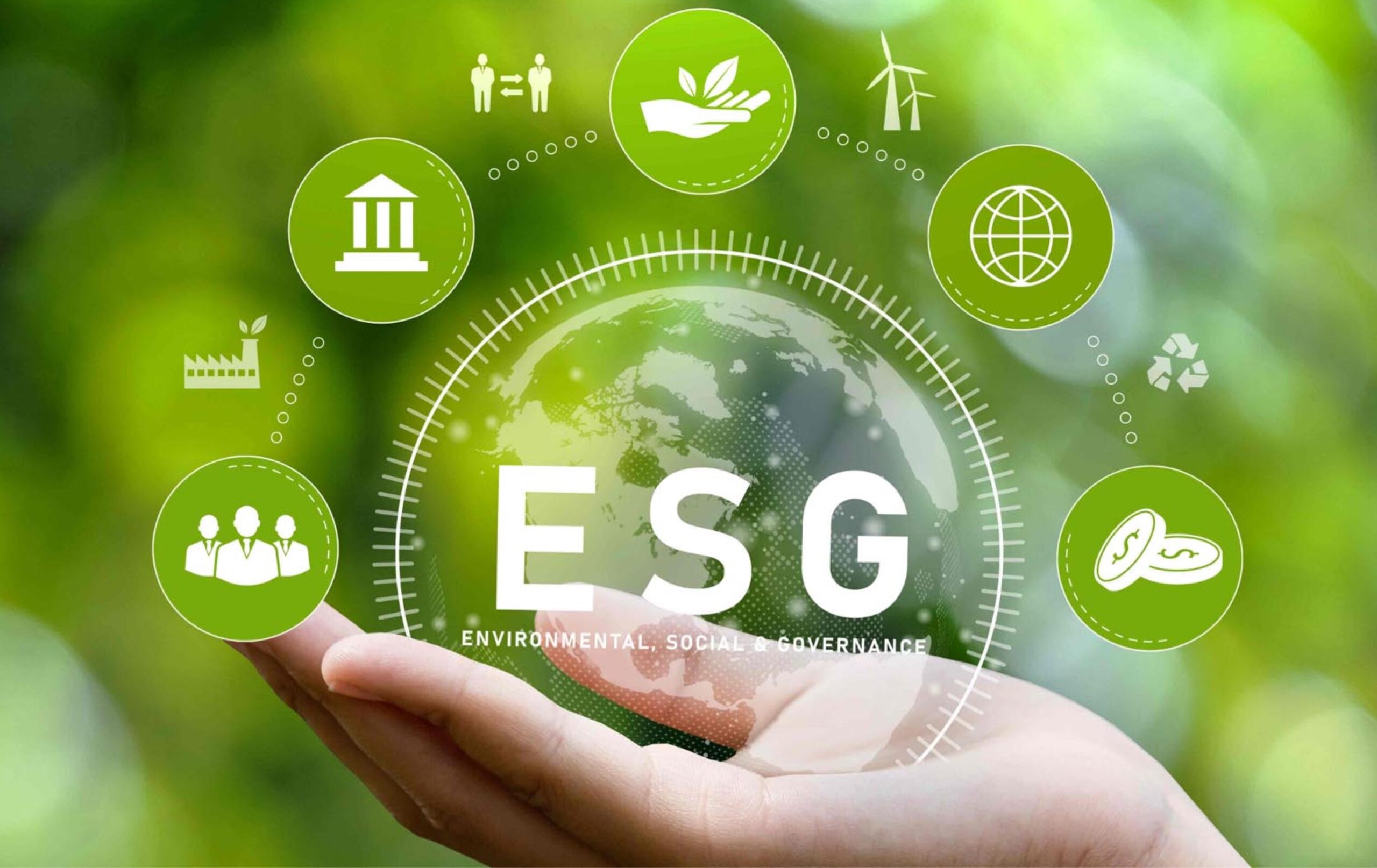Are the Global Grand Challenges too big and too complex to solve?
The ‘Global’ Challenges as encapsulated in the SDGs (1) are big. Goals like No Hunger or No Poverty and Sustainable Cities & Communities are worthy, but despite the funding opportunities for some, appear too big to take on. It is not only the scale of the challenges that makes them so daunting – these challenges have other dimensions that make them candidates for the “too difficult” box. However, a closer look at these dimensions shows there is scope and opportunity for organisations large and small to make a major contribution to these big and important challenges. Partnering for innovation in this context is vital.

As well as being on a global scale these challenges are also difficult because they are:
- Complex – there is a multitude of root causes, compounding factors and unhelpful drivers E.g. Sustainable cities needs to take into account a wide range of stakeholder needs, aspirations as well as physical and cultural constraints
- Interrelated – many of these ‘issues’ are connected in ways that mean that solving one issue in isolation causes more issues elsewhere. E.g. Adding an additional road to relieve congestion can often make things worse – Braess’ paradox(2).
- Constrained – they need to be addressed using materials and resources in a sustainable way. E.g. Creating ethanol from crops on land that may be required to grow food.
Although all this makes the challenges that much harder it also points to the need to address these complex, interrelated and constrained ‘difficulties’ through well-thought-through, well-constructed collaborations. Collaborations where the knowledge base of the contributors understand both the context and specifics of the challenge as well as drawing on the best skills, know-how and technology to provide practical and sustainable solutions.
Building such collaborations and partnering for innovation – is not that simple but given the funding opportunities through the likes of Global Challenge Research fund (£4.5 bn) and the new market and innovation opportunities created by meeting these goals estimated to be worth $12 trillion by 2030 there is clearly a strong case for taking action. What could be your contribution to the emerging market supply chain?
Partnering for innovation. A good starting point is understanding the challenges in the context of your capabilities and how and where you are best placed to make an impact. This knowledge will also provide useful insight into the other collaborators you will need to help you be successful. Beyond that the ability to rapidly create and maintain a highly effective collaboration team will be key.
In short, global, SDG type challenges will only be successfully addressed through collaborations with those with the right know-how, skills and technology. As a researchers or innovator this is a UK government backed opportunity where you can have real impact in both the long and short term.
(1) Sustainable Development Goals
(2) Braess’ paradox






